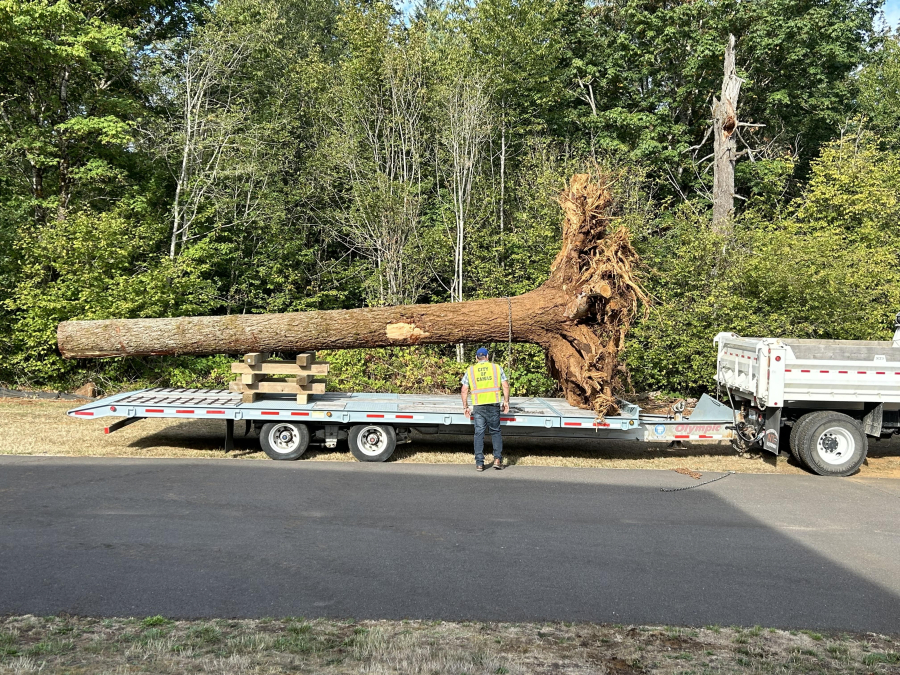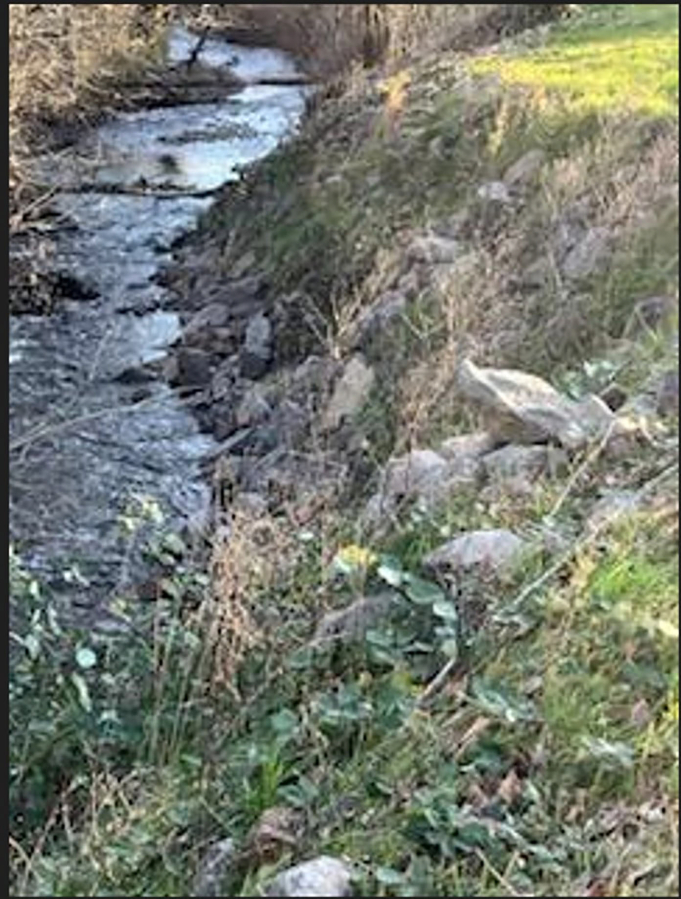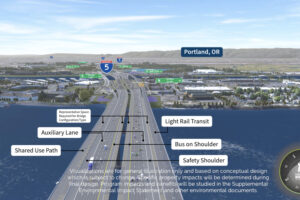The Port of Camas-Washougal has completed a mitigation project at Lawton Creek that will provide its Columbia River levee system with additional protection.
The U.S. Army Corps of Engineers created the 5.5-mile levee along the Columbia River, west of the Steigerwald National Wildlife Refuge, in 1966 to reduce the area’s flood risk.
“Lawton Creek has been digging into the levee down at the very east end, so we had to shore it up with boulders and (other materials) to protect the levee,” Port of Camas-Washougal Chief Executive Officer David Ripp said. “Since it’s close to the stream, the Washington State Department of Fish and Wildlife required us to do some mitigation. We re-stabilized the bank and put riprap in there to protect it from the soil getting washed away in the creek when the creek rises up because of flooding or during spring runoff.”
The Port took on the $46,000 project in an effort to prevent the creek from experiencing erosion that could impact the levee, according to Ripp.
“It’s starting to erode, and it could get worse,” he said. “Where we did the mitigation is not the same place where the erosion is. The erosion is maybe several hundred feet up the creek. (But the levee) looks good. It’s our responsibility, so we just keep maintaining and managing it and keeping an eye out where we did that work as well.”






